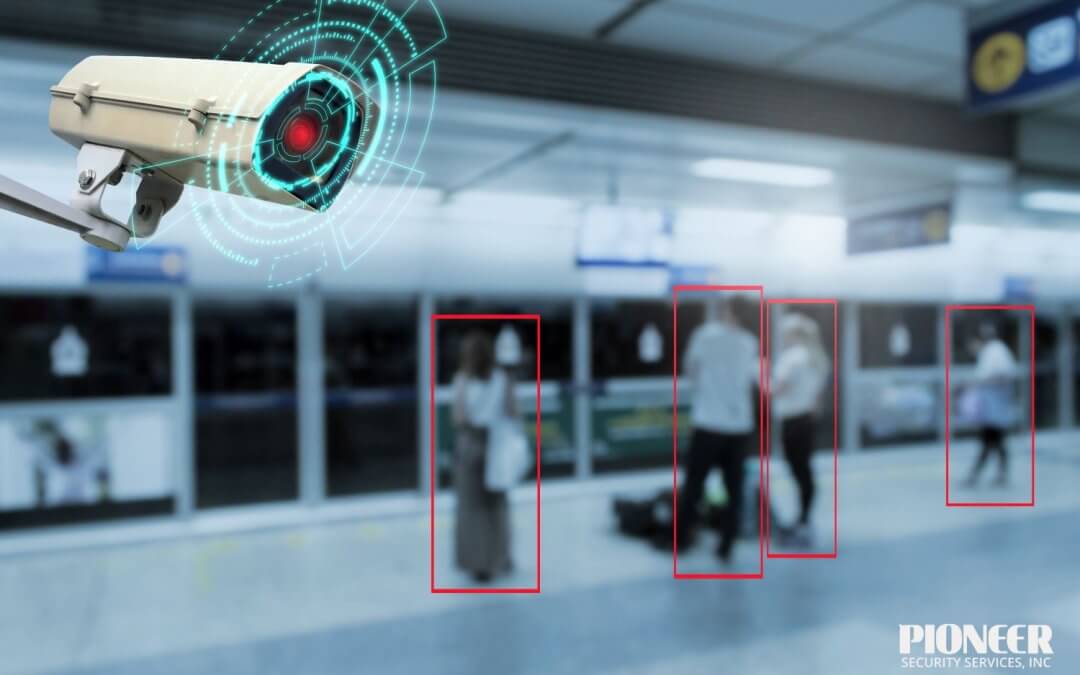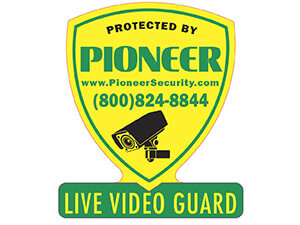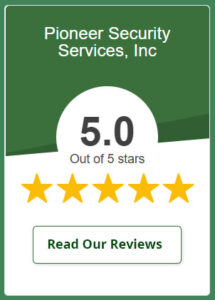Research supports that surveillance systems, including live video monitoring, can lead to appreciable crime reduction. A meta-analysis of 44 video surveillance evaluations (including CCTV and public video monitoring) found that about 41% of the studies reported a decrease in crime after installing such systems, though results vary depending on how the monitoring is implemented.
In this article, you will learn about how live video monitoring works to prevent crime, what technologies and strategies make it most effective, what the limitations are, and best practices for deploying such systems responsibly.
Whether you’re considering video monitoring for a neighborhood, a business, or a public space, this guide will give you evidence-based insights to choose, install, and manage live video monitoring systems in ways that maximize safety while respecting legal and privacy concerns.
What Is Live Video Monitoring in Crime Prevention?
Live video monitoring is a proactive security strategy where surveillance cameras are observed in real time by trained operators or AI-driven systems. Unlike traditional CCTV, which only records incidents for later review, live monitoring enables immediate detection and intervention.
This distinction is important: while passive cameras may provide evidence after a crime, live monitoring can actually stop incidents before they escalate. Research shows that surveillance cameras can reduce crime when actively monitored; crime in Stockholm’s subway stations, for example, dropped by nearly 25% after live surveillance was introduced.
Difference Between Live Monitoring and Passive Recording
The critical difference lies in prevention. Traditional CCTV is reactive: it documents theft, vandalism, or trespassing, but cannot intervene. In contrast, live monitoring adds a preventive layer of protection by allowing operators to trigger alarms, issue audio warnings, or contact law enforcement in real time.
According to a 40-year meta-analysis by the U.S. Department of Justice, CCTV systems with active monitoring are significantly more effective at reducing crime compared to those that only record events. Another study found that CCTV deployments reduce crime by about 13% on average, particularly when combined with proactive monitoring and interventions.
Role of Trained Security Operators in Crime Prevention
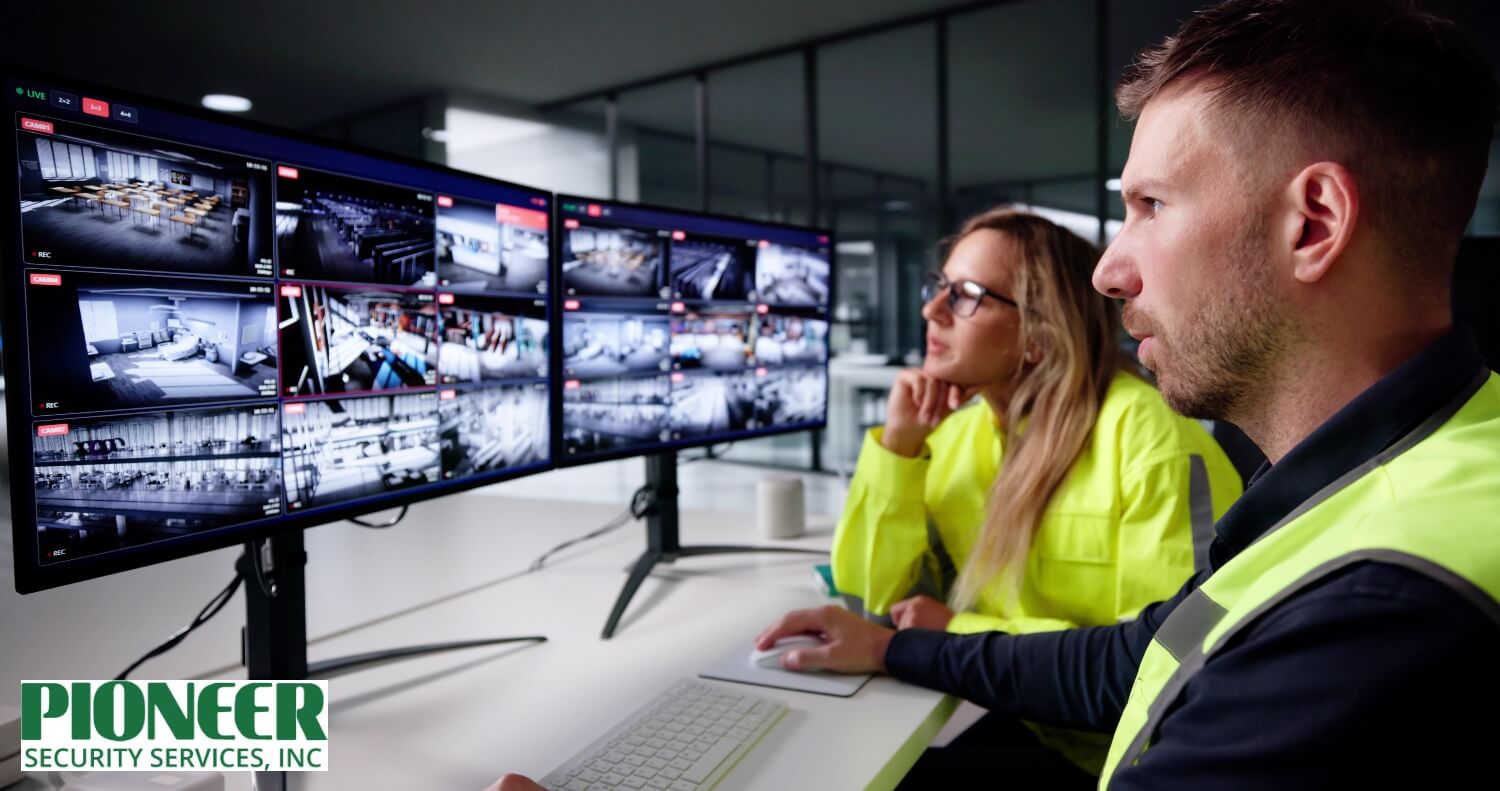
Evidence supports this human–tech collaboration: in a randomized trial of parking facilities in Washington, D.C., crime dropped most significantly when cameras were actively monitored and linked with patrol response, while passive systems had minimal effect. Similarly, the Seattle Police Department emphasizes that visible cameras, paired with live monitoring and patrol strategies, can help reduce violent crime in high-risk areas.
How Live Video Monitoring Deters Criminal Activity
Live video monitoring deters crime by combining psychology and practicality. From a psychological perspective, the concept of “perceived guardianship” in criminology suggests that offenders are less likely to act when they believe they are being observed. Practically, live monitoring adds an enforcement layer, turning cameras from silent witnesses into active defenders.
This blend of visibility and real-time response creates an environment where offenders know the risks of being caught are immediate and high.
Visible Cameras as a Deterrent to Criminals
The visibility of cameras alone can discourage opportunistic crime. A study conducted in Newark, New Jersey, found that neighborhoods with visible surveillance saw a 20% decrease in reported property crimes compared to control areas without cameras (Urban Institute). Criminals often seek low-risk environments, and when they encounter obvious surveillance, they are more likely to abandon attempts at theft, trespassing, or vandalism.
Real-Time Response That Discourages Criminals
Beyond visibility, live monitoring adds teeth to surveillance. Operators can issue audio warnings through loudspeakers, verify alarms, and directly coordinate with law enforcement. In Chicago’s “Operation Virtual Shield,” which integrates thousands of monitored cameras, authorities reported that live monitoring and rapid police deployment cut response times significantly and helped prevent violent incidents in high-crime areas.
Case Studies of Prevented Crimes With Live Monitoring
Industries have documented measurable gains from adopting live monitoring. Construction sites are a prime example: theft of heavy equipment in the U.S. costs contractors between $300 million and $1 billion annually, according to the National Equipment Register (NER). While not every site publishes exact reduction percentages, companies that implemented monitored surveillance systems report significant decreases in losses by deterring intruders and enabling faster police response.
Retailers using live monitoring with remote audio warnings have also successfully prevented after-hours break-ins, saving substantial amounts in potential losses per incident. In the banking sector, proactive monitoring at ATMs has stopped tampering attempts mid-act by alerting police before damage or theft occurs. Together, these cases highlight how live video monitoring provides both economic savings and stronger security outcomes compared to passive systems.
Key Crime Prevention Features of Live Monitoring Systems
Modern live video monitoring systems go beyond recording footage; they actively prevent crime by integrating advanced features that enable immediate intervention. Some key features are,
- Motion Detection and Smart Alerts: Smart cameras with motion detection can identify unusual activity instantly, even in low-light conditions. When movement is detected, the system sends real-time alerts to trained operators who can quickly assess the situation and respond.
- Two-Way Audio and Remote Intervention: A standout feature of live monitoring is two-way audio, which allows operators to communicate directly with intruders in real time. By issuing voice-down warnings, operators can let potential offenders know they are being watched and that authorities are being notified.
- Integration With Alarms and Access Control: Live monitoring systems can be integrated with alarms, electronic locks, gates, and other access control measures. When a threat is detected, operators can trigger sirens, lock doors, or activate alerts, creating a multi-layered security environment.
- AI Analytics for Predictive Security: Artificial intelligence adds a predictive layer to live monitoring by analyzing patterns and detecting suspicious behavior such as loitering or attempts to tamper with equipment. AI systems can flag anomalies that human operators might overlook, reducing false alarms and enabling early intervention.
Industries That Prevent Crimes With Live Monitoring
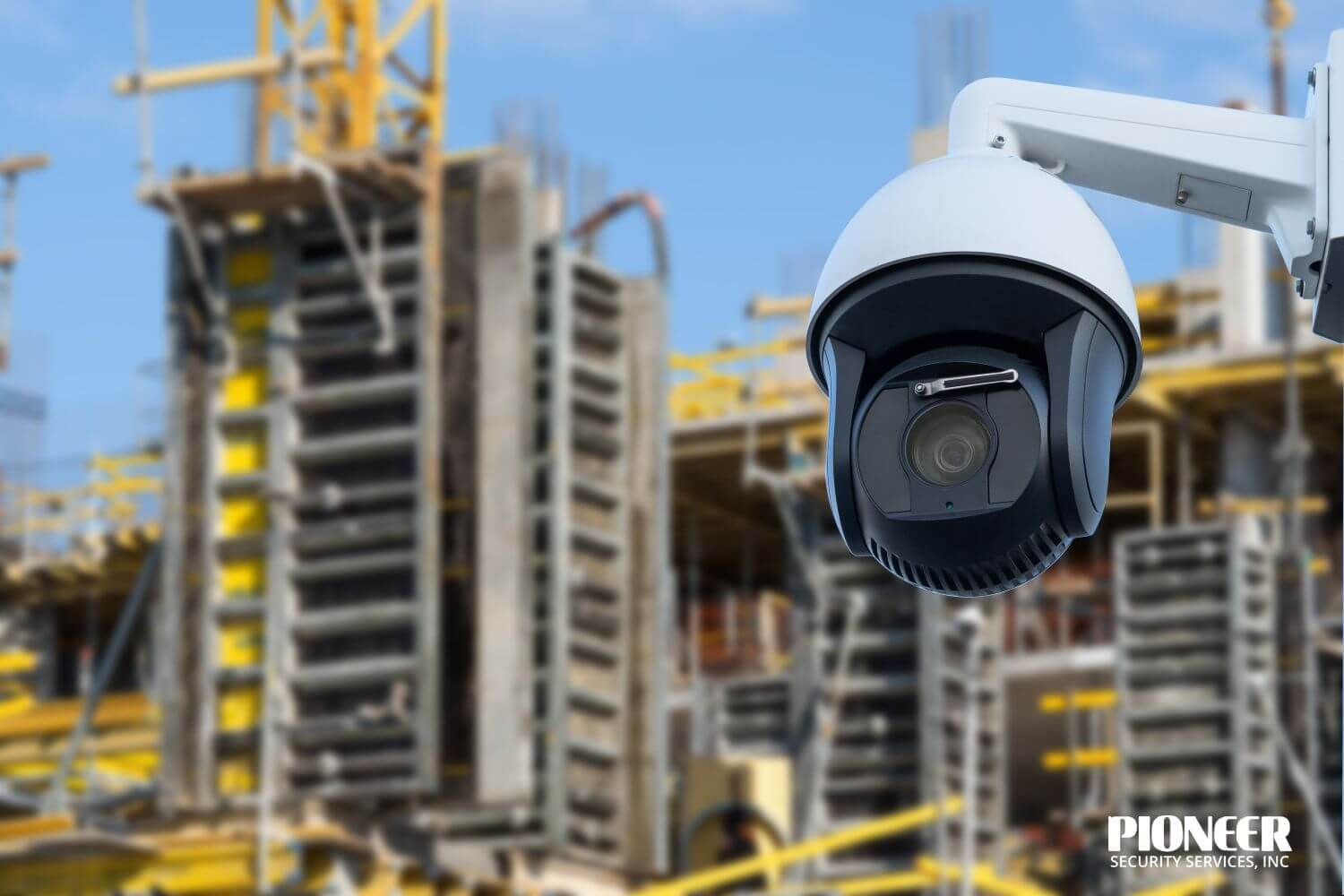
Retail Stores and Shopping Centers
Retail environments face persistent challenges from shoplifting, return fraud, and employee theft. Live monitoring helps operators catch suspicious behavior in real time, engage via two-way audio, and alert on-site security or law enforcement before incidents escalate.
To put the stakes in perspective: retail shrinkage (i.e. lost inventory) averaged 1.6 % of total retail sales in recent U.S. data from the National Retail Security Survey.
By reducing theft and internal losses, stores that adopt monitored surveillance systems can often cut shrinkage and improve profitability.
Construction Sites and Warehouses
Construction sites and warehouses face high risks of material and equipment theft. Heavy machinery and building supplies represent substantial investments, and downtime caused by stolen equipment can be costly. While exact loss reductions vary by site, monitored surveillance has been shown to deter theft and trespassing, with some operators reporting significant decreases in equipment loss.
Banks, ATMs, and Financial Institutions
Financial institutions are prime targets for robbery, fraud, and ATM tampering. Live monitoring enables real-time intervention, such as alerting security personnel to suspicious behavior before a robbery escalates. Case studies from various U.S. banks indicate that active surveillance, especially when integrated with alarms and AI analytics, reduces incidents of fraud and improves police response times, enhancing both customer and staff safety.
Residential Communities and Apartments
Multi-family residential properties and gated communities also leverage live video monitoring to reduce vandalism, break-ins, and unauthorized access. Real-time observation allows security teams to intervene quickly, often deterring crimes before they occur.
Residents benefit from increased peace of mind, while property managers reduce liability and potential repair costs associated with criminal damage. Surveillance programs have shown measurable decreases in burglary and trespassing when combined with visible cameras and monitored response.
Benefits of Live Monitoring in Reducing Police Response Time
Verified incidents through live video monitoring significantly enhance the efficiency of emergency responses. By providing real-time visual confirmation of threats, these systems enable law enforcement to prioritize and respond more swiftly, reducing the occurrence of false alarms and improving overall public safety. Let’s have a look at some noticeable benefits of live monitoring systems,
Faster Dispatch and Reduced False Alarms
Video-verified alarms allow monitoring centers to confirm the legitimacy of a threat before alerting authorities. This verification process ensures that law enforcement resources are directed towards genuine emergencies, minimizing the time spent on false alarms. For instance, jurisdictions that mandate alarm verification often experience up to an 85% faster police response time compared to areas without such requirements.
Additionally, video verification systems have been shown to reduce false alarm rates by up to 95%, as they enable operators to assess situations in real-time and determine the necessity of police intervention.
Enhanced Situational Awareness and Prioritization
Real-time video feeds provide law enforcement with immediate access to critical information, such as the number and behavior of suspects, the presence of weapons, and the nature of the threat. This enhanced situational awareness allows dispatchers to allocate resources more effectively and officers to prepare adequately before arriving at the scene.
Improved Outcomes and Increased Arrest Rates
The integration of video verification systems not only accelerates police response times but also enhances the overall effectiveness of law enforcement actions. Real-time monitoring allows operators to verify incidents before alerting authorities, ensuring that police are dispatched to genuine emergencies.
This verification process improves situational awareness, enables officers to respond more efficiently, and increases the likelihood of apprehending suspects or preventing property damage. By combining rapid response with proactive intervention, live monitoring strengthens public safety and supports law enforcement in maintaining order.
Challenges in Crime Prevention With Live Monitoring
While live video monitoring offers significant advantages in crime prevention, several challenges must be addressed to ensure its effectiveness and compliance.
Privacy and Legal Concerns
Live video surveillance can raise privacy issues, primarily when monitoring occurs in areas where individuals have a reasonable expectation of privacy, such as restrooms or private offices.
Mitigation: To comply with privacy laws, it’s essential to:
- Avoid Monitoring Private Areas: Ensure cameras are not placed in locations like bathrooms, changing rooms, or private offices. Placing cameras in these areas can lead to legal penalties, employee complaints, and reputational damage.
- Implement Clear Signage: Post visible signs indicating the presence of surveillance cameras to inform individuals. Signage not only alerts people to monitoring but also serves as a deterrent for potential criminal activity.
- Obtain Consent: In some jurisdictions, especially workplaces, obtaining consent from individuals being monitored may be required. Consent can be documented through employee agreements, visitor notifications, or public notices.
- Adhere to Local Regulations: Familiarize yourself with and comply with local laws regarding video surveillance. Laws can vary between cities, states, and countries, covering aspects such as recording audio, data storage, and retention periods.
For instance, many states in the U.S. permit video recording in non-private locations, provided there’s no violation of privacy expectations. However, recording in private areas without consent is prohibited.
Dependence on Network and Power
Live video monitoring systems are heavily reliant on stable networks and power infrastructures. Any disruptions can lead to system failures or data loss.
Mitigation: To enhance system reliability:
- Implement Redundant Power Sources: Use uninterruptible power supplies (UPS) and backup generators to maintain operations during power outages. This ensures continuous monitoring even during electrical failures and prevents interruptions in critical security coverage.
- Ensure Robust Network Infrastructure: Utilize high-quality cables, switches, routers, and firewalls to minimize connectivity issues. A reliable network ensures that live feeds are transmitted without lag or interruption, which is essential for real-time monitoring.
- Regular Maintenance: Conduct routine checks, software updates, and hardware inspections to identify and address potential issues proactively. Regular maintenance helps prevent downtime due to hardware failures, network congestion, or software glitches.
Enhance Your Security Strategy with Verified Video Systems
Live video monitoring has transformed crime prevention by shifting from passive recording to proactive intervention. By providing real-time surveillance, verified alarms, and rapid operator response, these systems deter criminal activity before incidents escalate.
Businesses, construction sites, financial institutions, and residential communities all benefit from improved safety, reduced property losses, and more efficient use of security resources. Additionally, features such as two-way audio, AI analytics, and night vision ensure comprehensive coverage, making live monitoring a reliable tool for modern security management.
For those looking to implement effective live monitoring solutions, Pioneer Security offers professional services, advanced technology, and expert support to maximize safety while ensuring compliance with privacy and legal regulations. Whether for commercial or residential applications, partnering with a trusted provider ensures your security system delivers real results.
Frequently Asked Questions
Does live video monitoring really stop crimes?
Yes, live video monitoring can actively prevent crimes rather than just recording them for later review. Studies and case reports indicate that the presence of monitored cameras deters potential criminals because they know they can be seen and reported in real-time.
Can monitoring prevent theft in retail stores?
Absolutely. Monitored cameras allow security operators to detect suspicious behavior early and intervene remotely, often before a crime occurs. Many retailers use systems with two-way audio to warn potential thieves or alert security staff immediately, resulting in fewer incidents and reduced financial losses.
How fast can security teams respond during a crime?
Response times vary based on system integration and location, but verified live video significantly accelerates intervention. Operators can assess the situation and contact law enforcement within minutes, reducing unnecessary dispatches caused by false alarms.
Is live video monitoring effective at night?
Yes. Modern live monitoring systems often include infrared or low-light cameras that capture clear video in darkness. Some systems combine night vision with motion detection and AI alerts, allowing operators to identify potential threats and respond even in low-light conditions, maintaining effective 24/7 surveillance.
What crimes are most commonly prevented with live monitoring?
Live video monitoring is particularly effective at preventing trespassing, burglary, vandalism, and theft. Operators can identify unauthorized access early, use two-way communication to deter intruders, and alert authorities before property is damaged or stolen.
Can live video monitoring replace security guards?
Live monitoring complements security personnel rather than fully replacing them. Cameras and remote monitoring can cover larger areas efficiently, detect threats quickly, and provide documentation. At the same time, on-site guards handle physical interventions, enforce rules, and respond to complex situations that cameras alone cannot manage.

